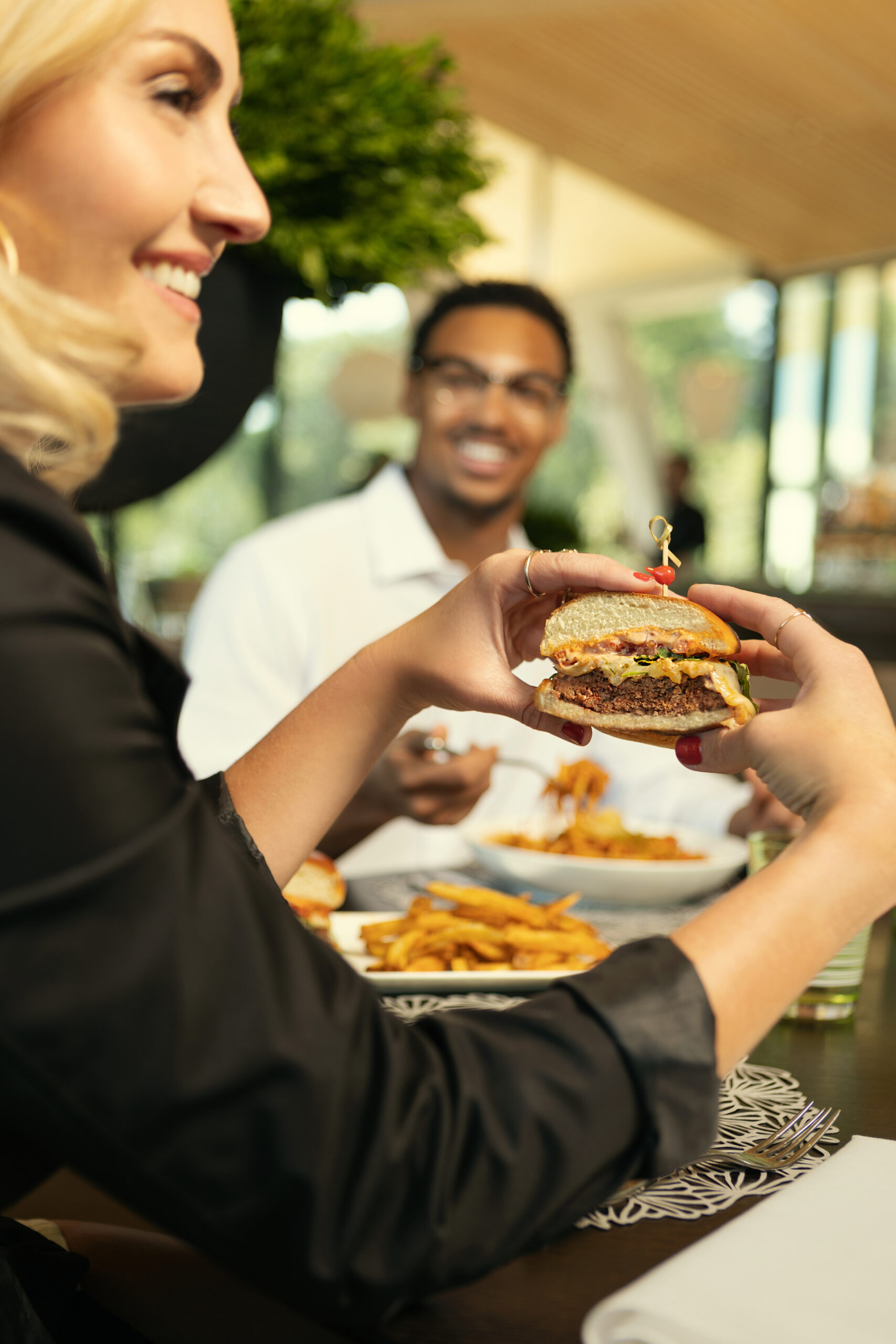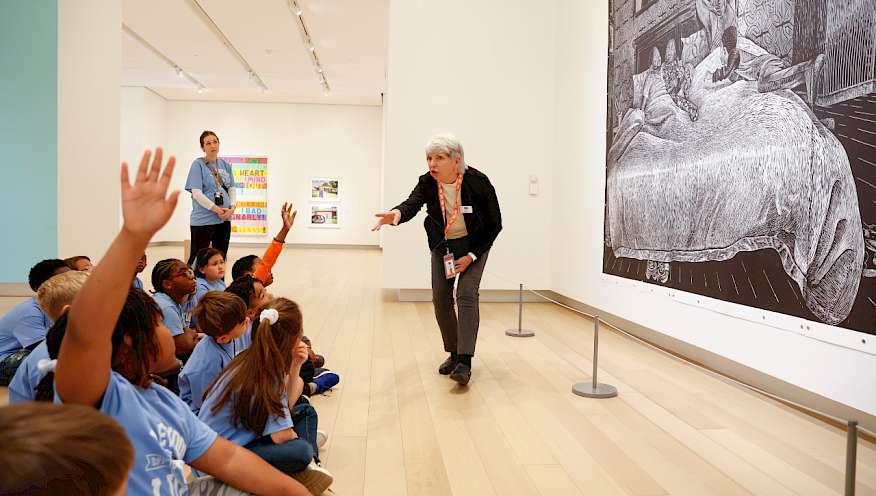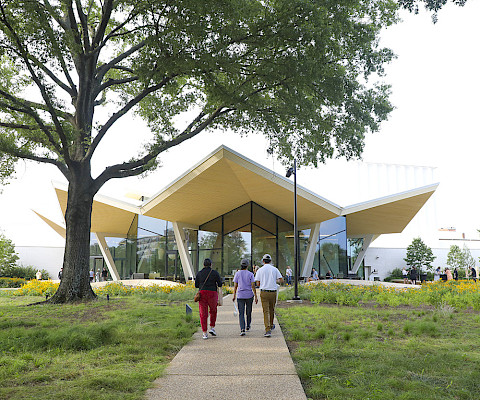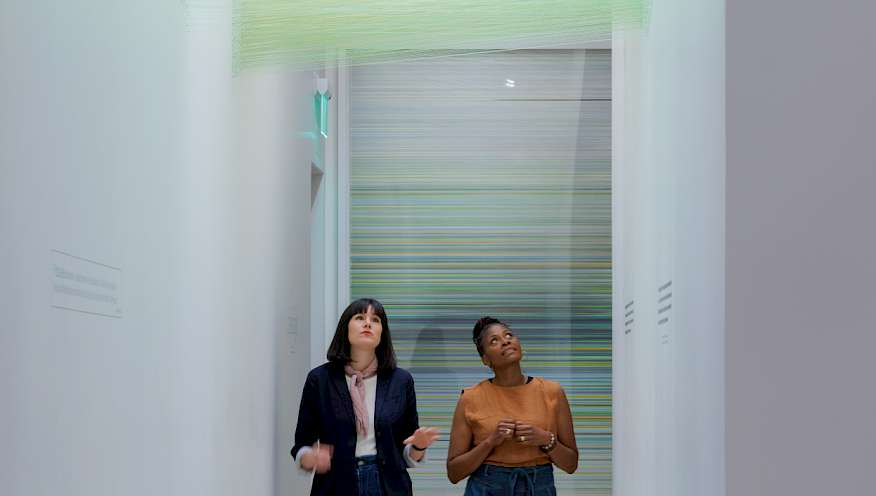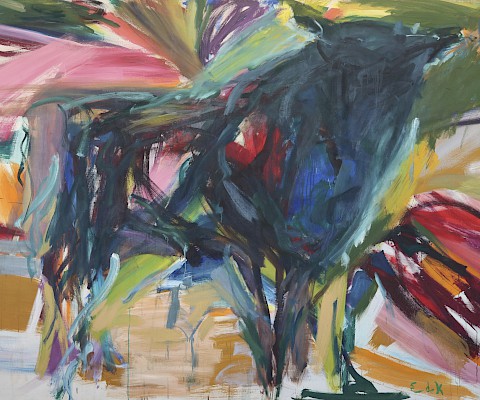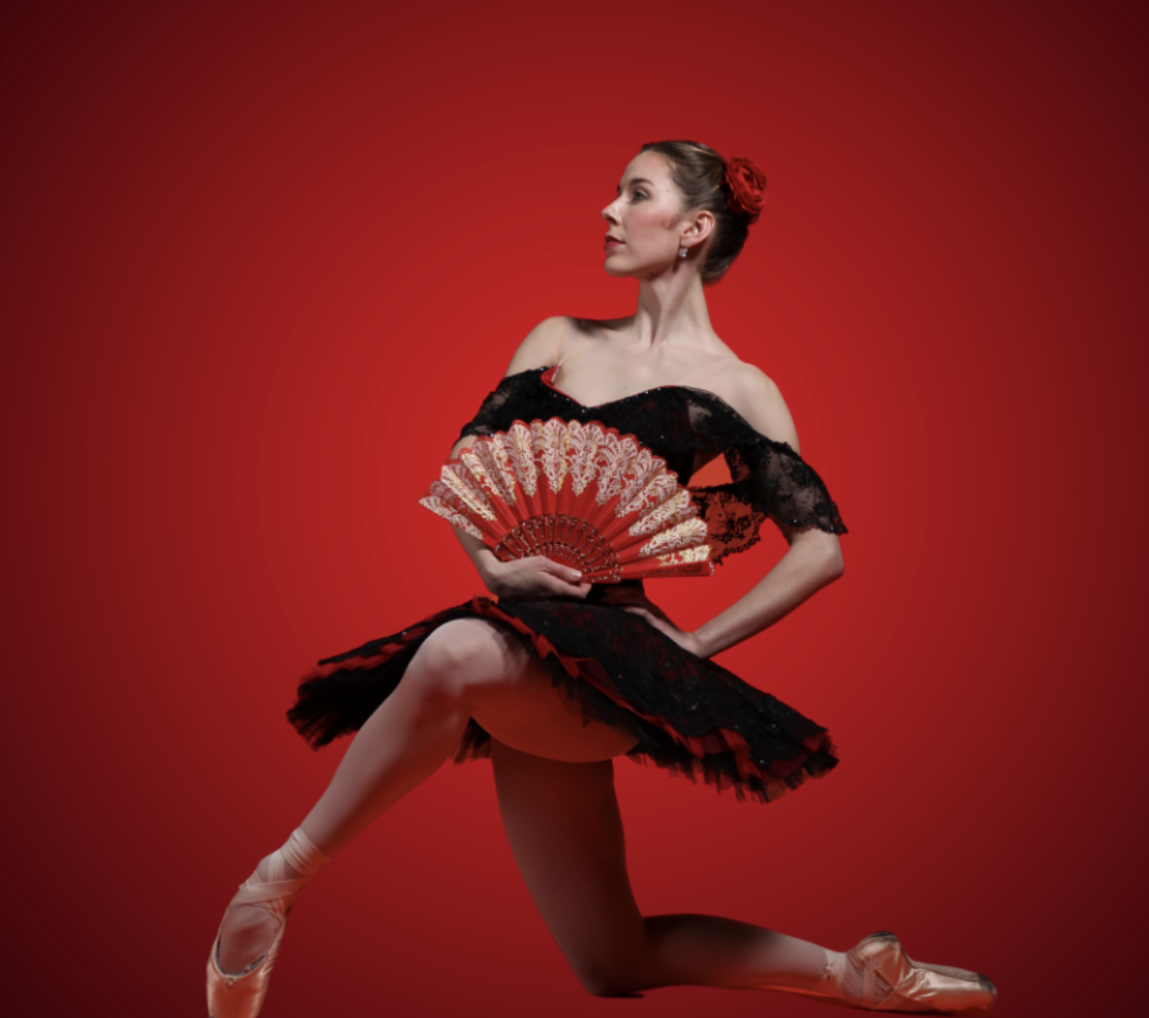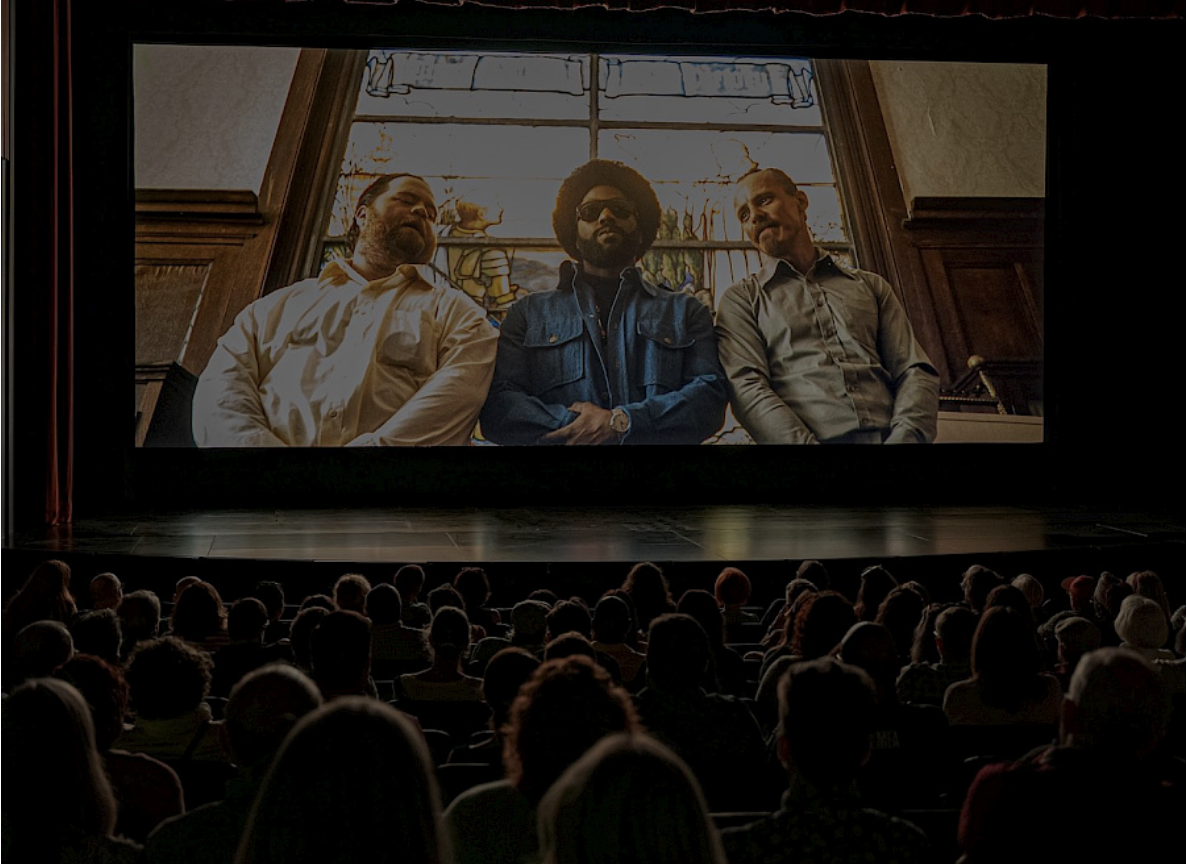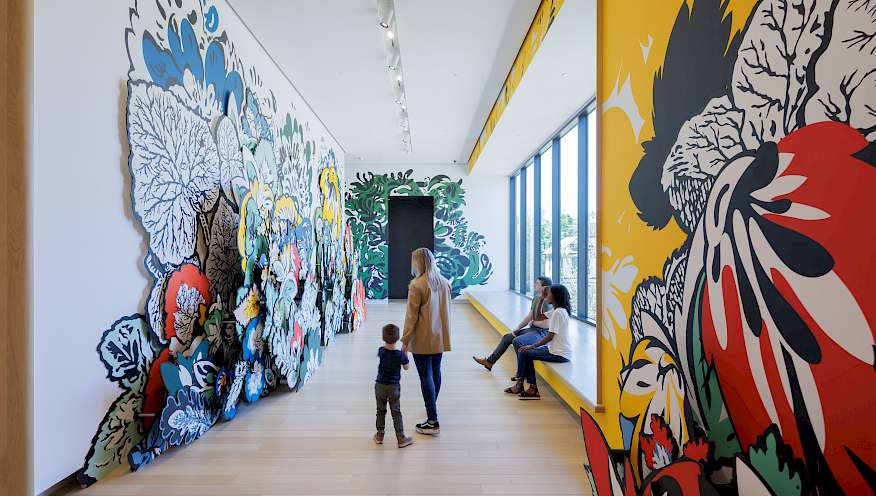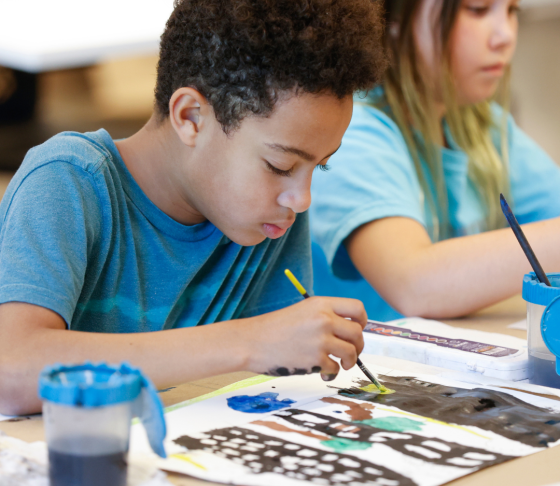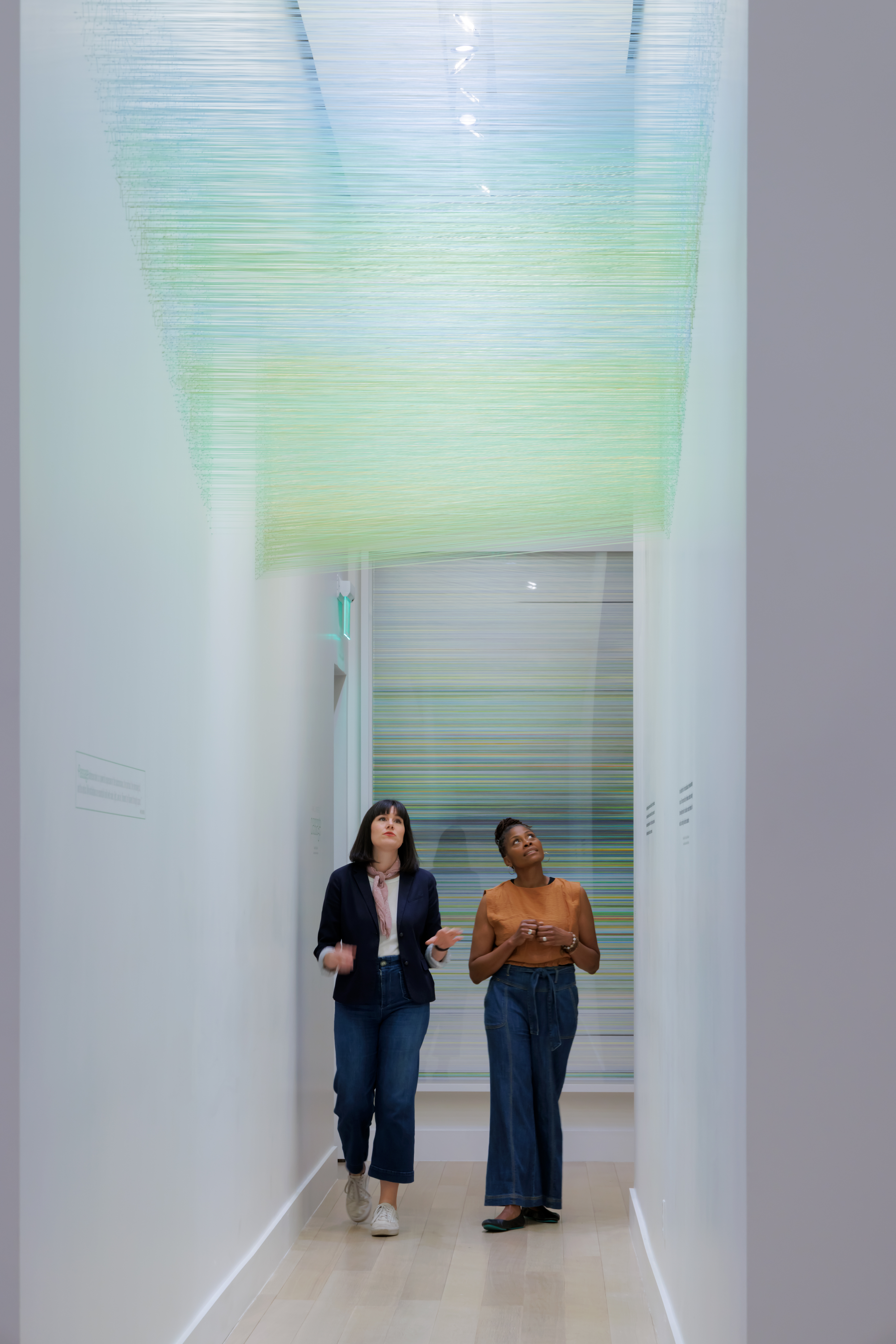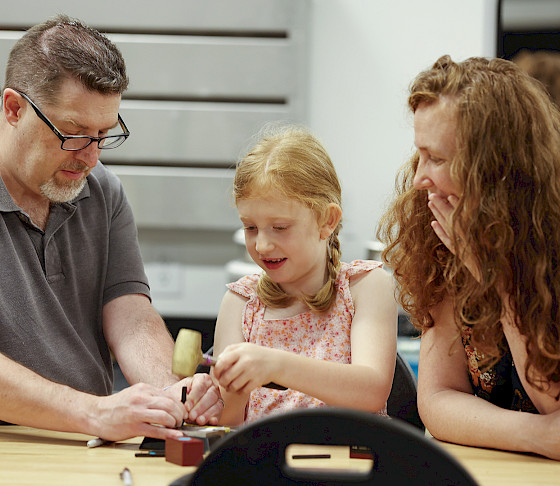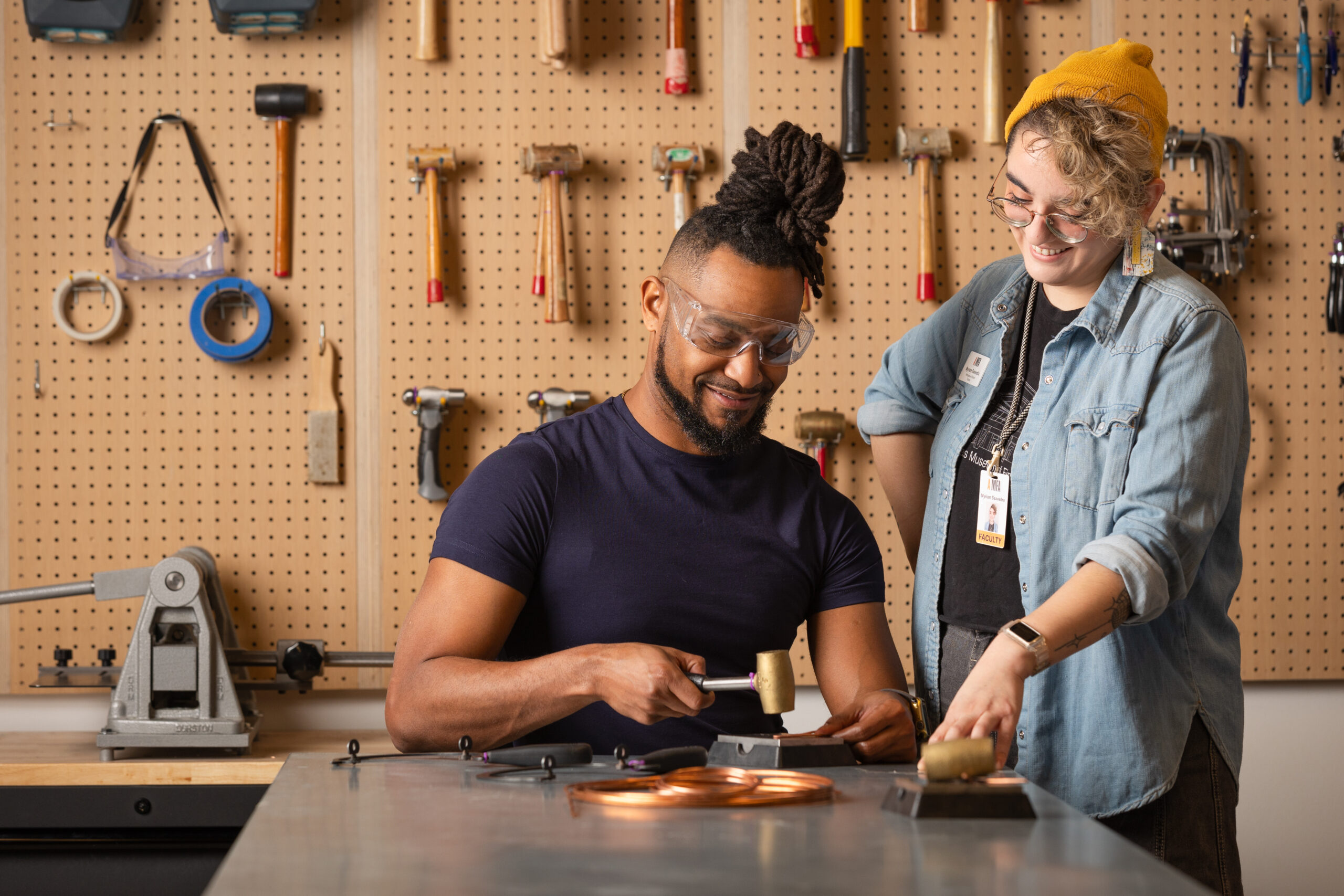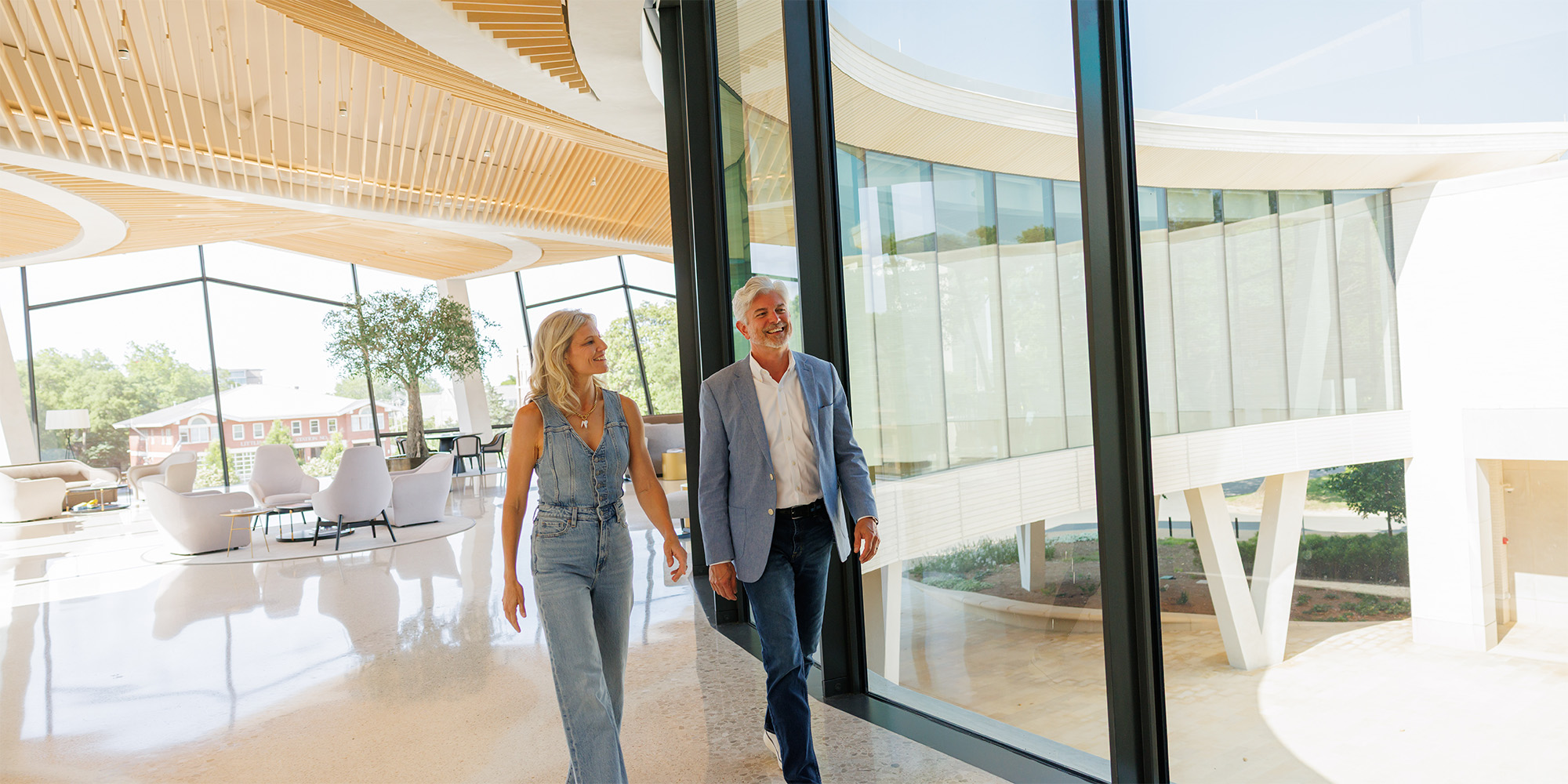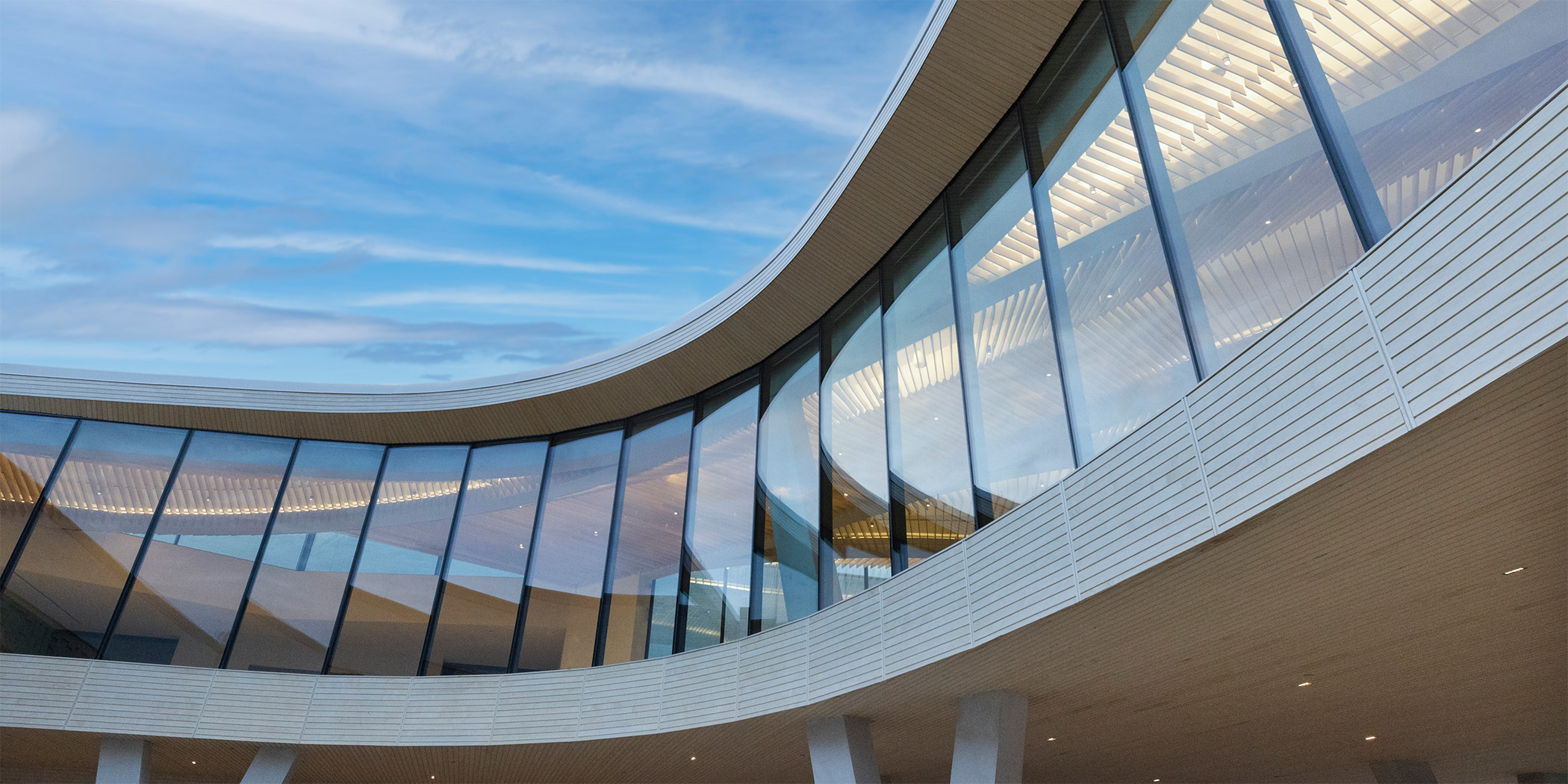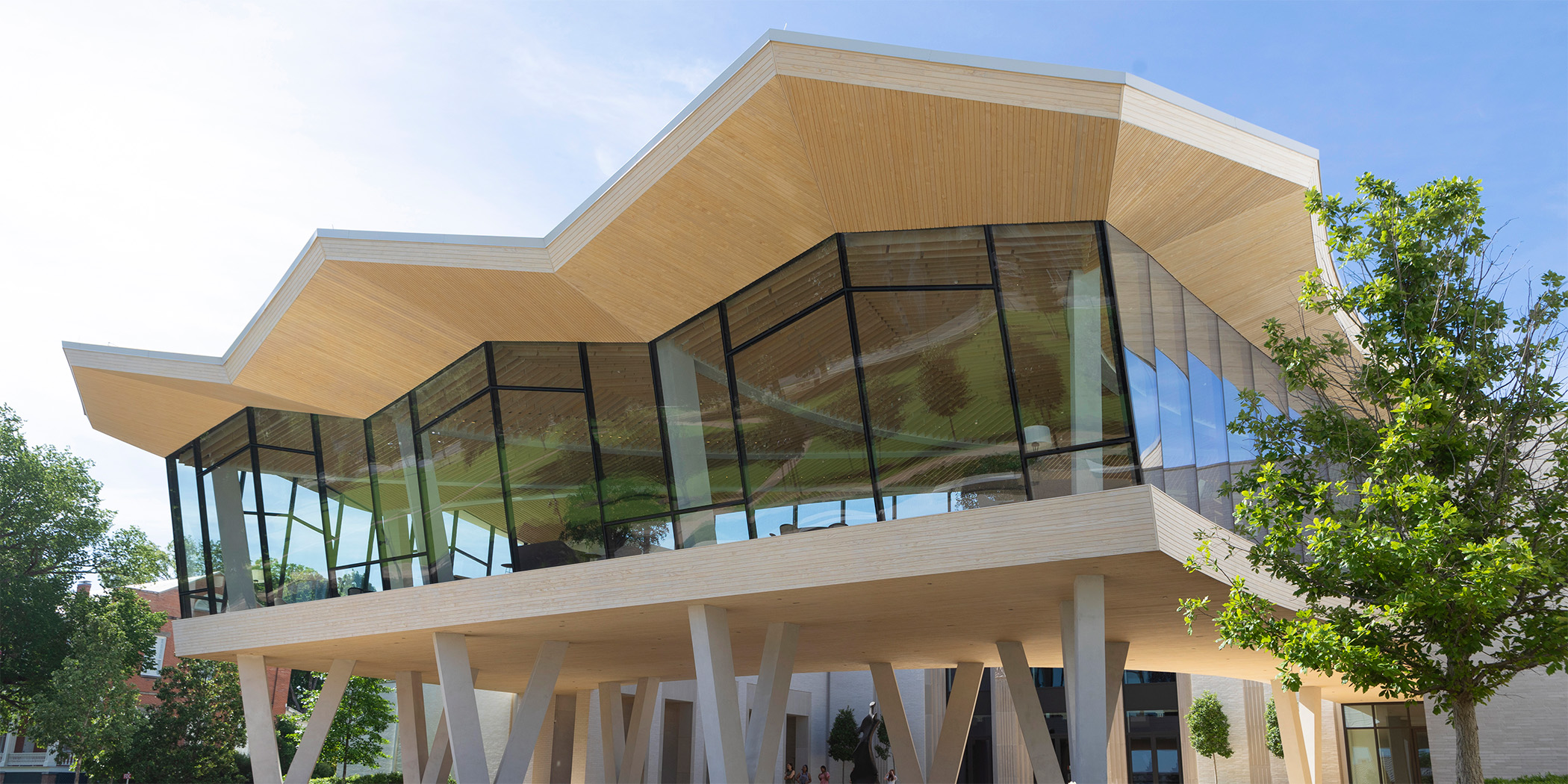Peter Hayes
(http://www.peterhayes-ceramics.uk.com/home.asp?id=1 4-22-08)
Born:
Birmingham UK 1946
Education & Employment:
1960 - 1967 Student
Mosely School of Art & Craft, Birmingham, Birmingham College of Art
1972 - 1978 Craft Advisor
Economical Development for Equatorial and Southern Africa. (EDESA)
1979 - 1982 Production Development Advisor
Commonwealth Secretariat, Lesotho, Southern Africa
1984 Advisor Development of Ceramics
Commonwealth Fund for Technical Cooperation Nepal, India, Japan, South Korea
1985 - 1987 Craft Advisor
South West Arts
Public Collections:
Scottish National Gallery, Edinburgh
Museum of Modern Art, Kingston, Jamaica
Garderner Collection, Toronto
Museum of Modern Art, Brussels, Belgium
Silber Collection, California
J.B Speed Museum, Louisville. KY
Commissions:
2006 - 3 Raku Totems, Four Seasons Hotel Golf Club, Hualalai, Hawaii.
2006 - 15ft Totem Water Sculpture, Private collection, Warwickshire
2006 - 3 Totems with Blue Wave Water Sculpture, Private collection, Bath
2006 - 6ft Raku Disc with Blue Wave, Private collection, Cotswolds.
2005 - 12 Sculptures, The Foyer, 1 Hanover Street, London
2004 - Raku Disc mounted on Stainless steel and slate base, Private Collection, Boston, USA
2004 - Raku Standing Stones, P&O Ship Arcadia, Elstone Hayes Associates
2004 - Standing Stones with Gold Inset, Private Yacht, Disdale Design & Linda Bird Art Consultant
2004 - Raku Water Sculpture, Rufford Country Park, Nottinghamshire
2003 - Raku Disc & Two Raku Totems, Private Yacht, John Pillar & Libby Howe, Art Consultants
2002 - Bronze Family Group, Jerwood Foundation Whitney Sculpture Park
2002 - Six Totems, Shackleton House London
2001 - Mounted Pebbles, GlaxoSmithKline London
2001 - Seated Bronze Figures, Prior Center Oxfordshire
2000 - Three Stones with Blue Wave, Chatham Historic Dockyard Chatham
1998 - Four Figures, Taipai Taiwan Bank
1997 - Totems, London 1997 Water Sculpture Private Collection
1996 - Water Sculpture, Marlborough Private Collection
1994 - Mounted Stones with Gold Circle, 100 Ludgate Hill, London, architect: Skidmore, Owings & Merril
1994 - Sculpture - Stones, London Private Collection
1993 - Pylons, Broadgate London architect: Skidmore, Owings & Merril
1993 - Four Standing Stones, Lansdowne House, London Stanhope Properties
I have always been interested in - why and how 'things' are made of clay. One of the major introductions I had to ceramics was digging Neolithic iron age and roman samien shards on archaeological digs somewhere in Wales while trying to survive as an art student in Birmingham. I am naturally drawn to shapes of artefacts and objects from other cultures and other times, but that remain timeless.
Erosion and change through time and nature are recorded in a piece. My main aim in my work is not to compete with nature; but for the work to evolve within the environment. The minerals, like iron and copper, that I introduce into the 'Raku' ceramic surface have their own affect on the clay during the time they are submerged in the river or the sea. This erosion process continues with sanding so that the texture and cracks do not interrupt the surface but become an organic, integral part of the patina. Each individual piece takes on its own developing surface; its own history and its own aesthetic. I am merely the maker.
Techniques - Red Burnished Forms
In 1972 I went to study ceramics in Lesotho, where I was privileged to work with the Basotho. They have a unique way of making burnished pots. Unlike the Zulu's black burnished work, the Basotho pots are bright red; sometimes orange.
Though the method and tools are very basic, the finished surfaces are wonderfully smooth to the touch. By using a polished pebble, usually gathered from the riverbank, the leather hard surface is rubbed and polished to compress the clay. By adding red slip to the surface, which has been very finely ground, a highly polished burnished surface is created.
The Basotho use dry cow dung for firing the pots. The pots are usually placed upside down to create a pyramid shape. The dry cow dung is then packed all around and covered with various bits of corrugated iron and flattened out metal oil drums and then set alight.
The whole firing process only takes three or four hours and temperatures of 600 degrees can be achieved. The finished pieces are very pleasing to the eye, with high red burnished surfaces and black carbon markings where the fuel was not entirely burnt away.
I have developed this technique with only slight modifications as I burnish over textured surfaces and raise the temperature to approximately 1060 degrees. I have adapted a gas fired kiln where each piece of work is placed very close together, without touching, and a long slow flame is allowed to lick around the piece to give a very dark, red burnished appearance.

